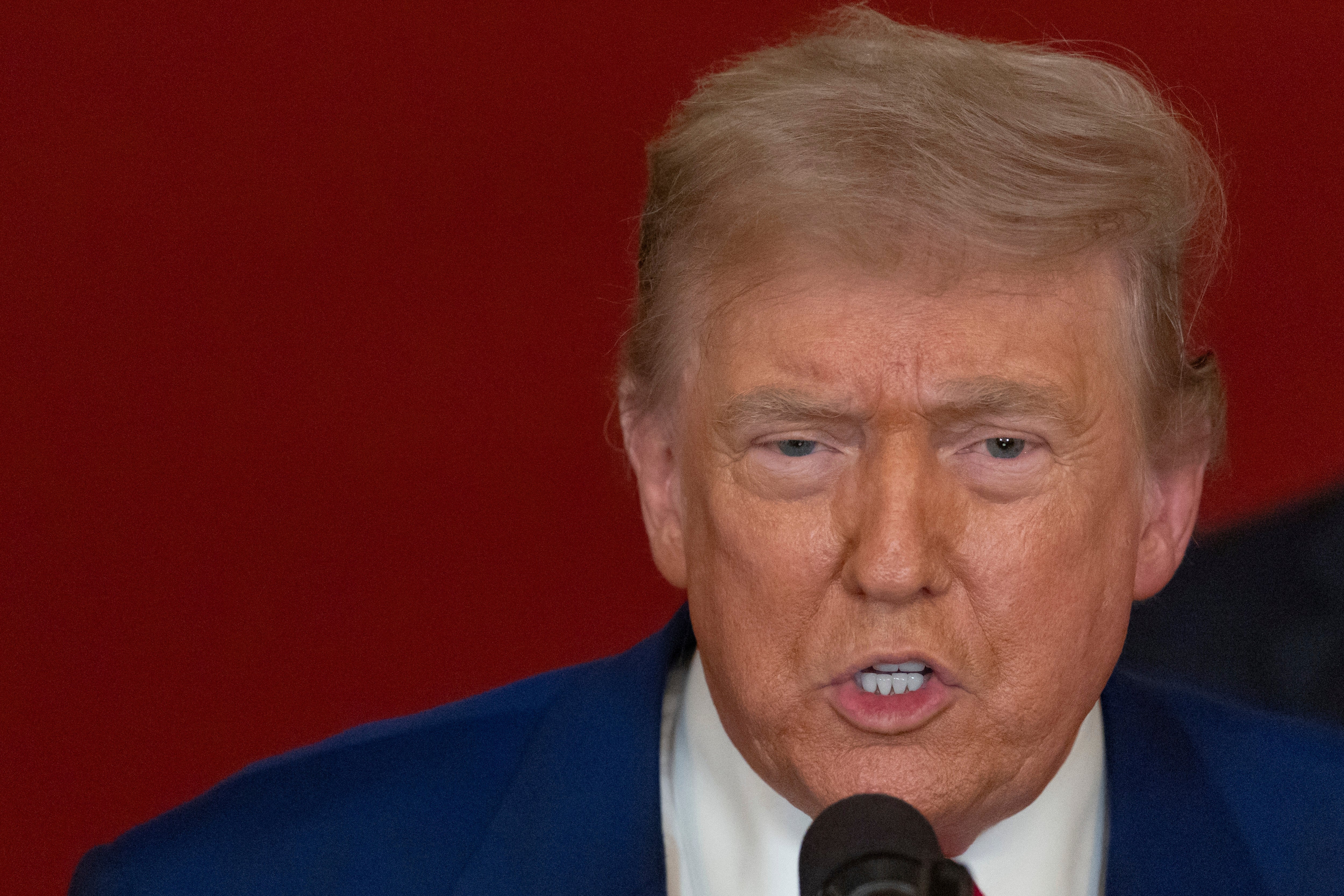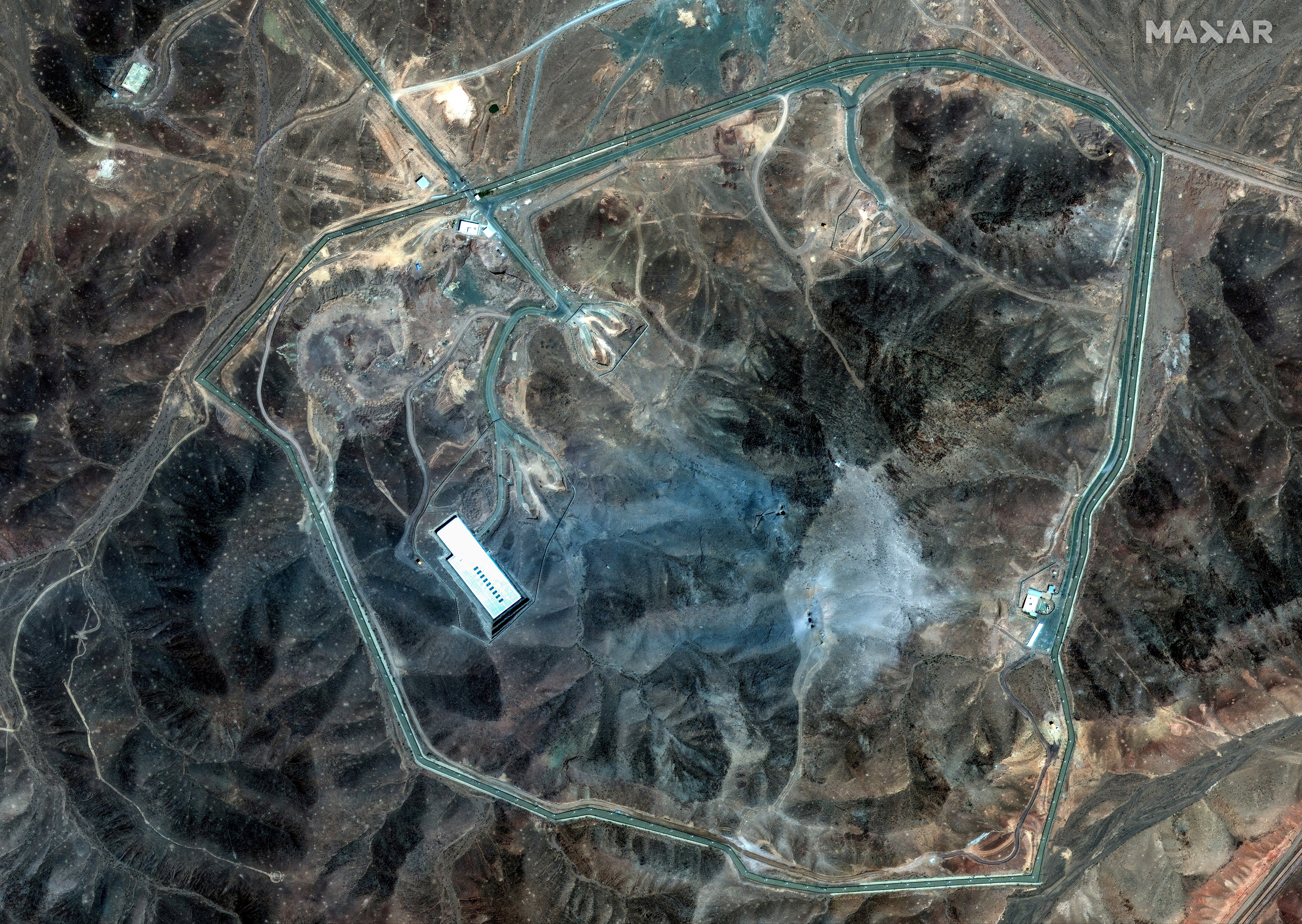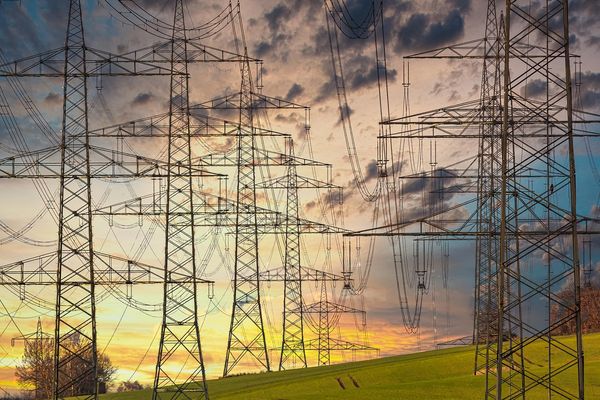Just hours after a fleet of U.S. B-2 stealth bombers touched down in Missouri on Sunday evening, Donald Trump once again touted the destruction inflicted on Iran’s nuclear capabilities.
“Monumental Damage was done to all Nuclear sites in Iran, as shown by satellite images. Obliteration is an accurate term!” the president wrote on Truth Social.
The most significant damage, he said, took place “far below ground level,” before adding: “Bullseye!!!”
Despite Trump’s claims, the true scale of the fallout from the mission, code-named Operation Midnight Hammer, remains unclear.

Tehran has so far downplayed the attacks on the major uranium enrichment sites, Fordo and Natanz, along with the significant research base of Isfahan, following Saturday evening's barrage of U.S. Tomahawk cruise missile strikes and bunker-buster bombs fired at the facilities.
Meanwhile, ahead of Trump’s latest declaration of destruction, the chairman of the Joint Chiefs of Staff General Dan Caine said in a news briefing Sunday that the initial battle damage assessment indicated that all three sites had sustained “severe damage,” but did not go as far to state whether they had been destroyed.
“Final battle damage will take some time,” he said.
Defense Secretary Pete Hegseth also struck a more cautious tone and said that “all of our precision munitions struck where we wanted them to strike and had the desired effect.”

Satellite images of Fordo, situated deep underground about 60 miles southwest of Tehran, showed several holes caused by the dozen 30,000-pound GBU-57 Massive Ordnance Penetrators dropped on the facility.
A senior U.S. official, however, told The New York Times that while the attack on Fordo had severely damaged the heavily armored site, it had not been destroyed.
An initial analysis conducted by the Israeli military also concluded that the site sustained serious damage but was not fully destroyed.
The International Atomic Energy Agency said in a statement Sunday evening that it had found no increase in off-site radiation at either of the three Iranian nuclear locations.

Vice President JD Vance signaled that a batch of near-weapons-grade uranium, which could make nine of 10 atomic weapons, is still intact and in Iranian hands.
He told ABC News’ This Week that Washington is “going to work in the coming weeks to ensure that we do something with that fuel.”
Two Israeli officials with knowledge of the intelligence told The Times that Iran had moved about 400kg of enriched uranium, just below the level used in nuclear weapons, from the Fordo in recent days.
Rafael Mariano Grossi, Director of the International Atomic Energy Agency, the United Nations' nuclear watchdog, stated that he believed the stockpile had been moved.
The uranium is believed to be stored in special casks small enough to fit in the trunks of about 10 cars.
Speaking to CNN Sunday, Grossi said: “Iran has made no secret that they have protected this material.”
Another U.S. official told The Times that it would have been unrealistic for Iranians to have moved equipment from Fordo, including giant centrifuges used for purifying Uranium, before the U.S. strikes.
Meanwhile, former Russian President Dmitry Medvedev claimed that several countries are ready to supply Iran with nuclear weapons.
“A number of countries are ready to directly supply Iran with their nuclear weapons,” he said in a statement on Telegram Sunday, while also heavily downplaying the amount of damage caused by the weekend’s strikes.
LA sheriff’s officials apologize for ‘offensive’ social media post on Iran bombings
Lammy says he told Iran it would be a mistake to blockade Strait of Hormuz
David Lammy refuses to say whether US attack on Iran was ‘right’ or ‘legal’
US-Iran latest: Tehran threatens Trump with ‘decisive response’ after strikes
Trump says he’ll primary Republican Thomas Massie in extended Truth Social rant
Vance says ‘dumb presidents’ to blame for past Middle Eastern wars







